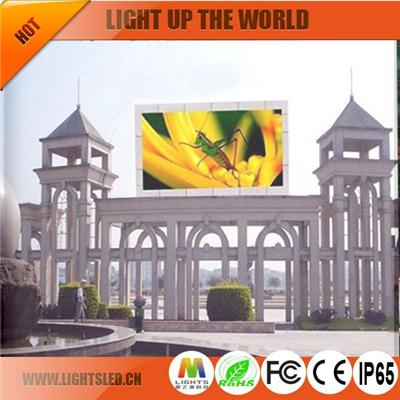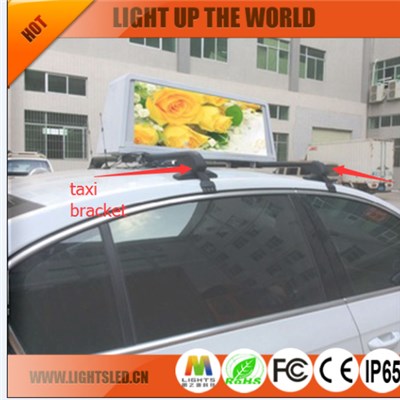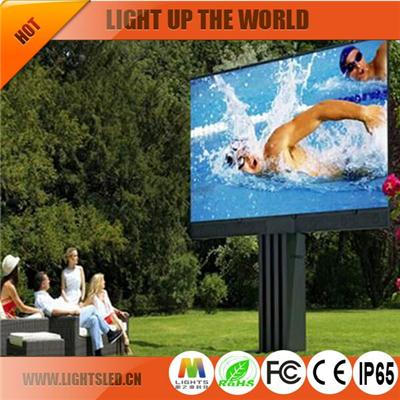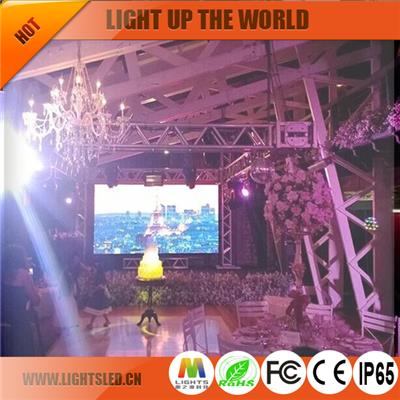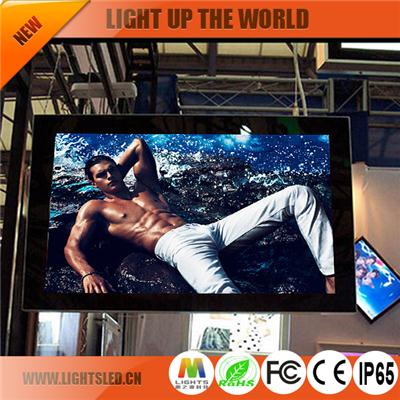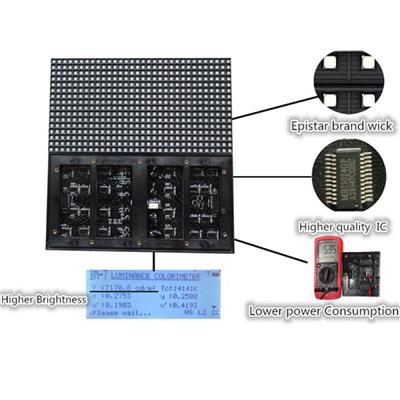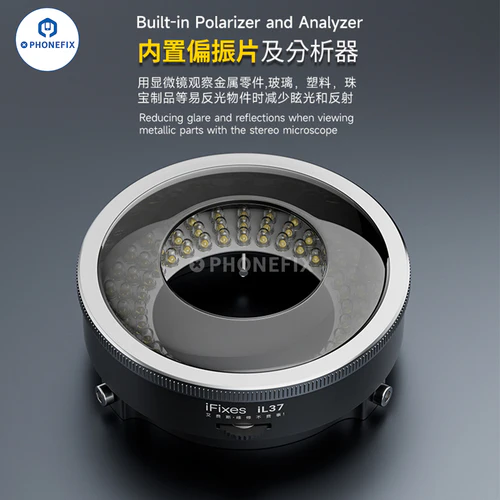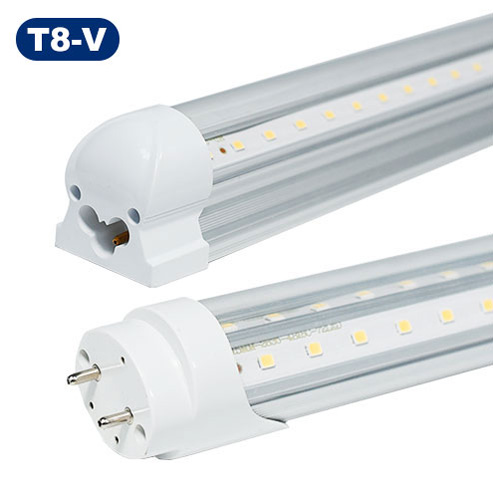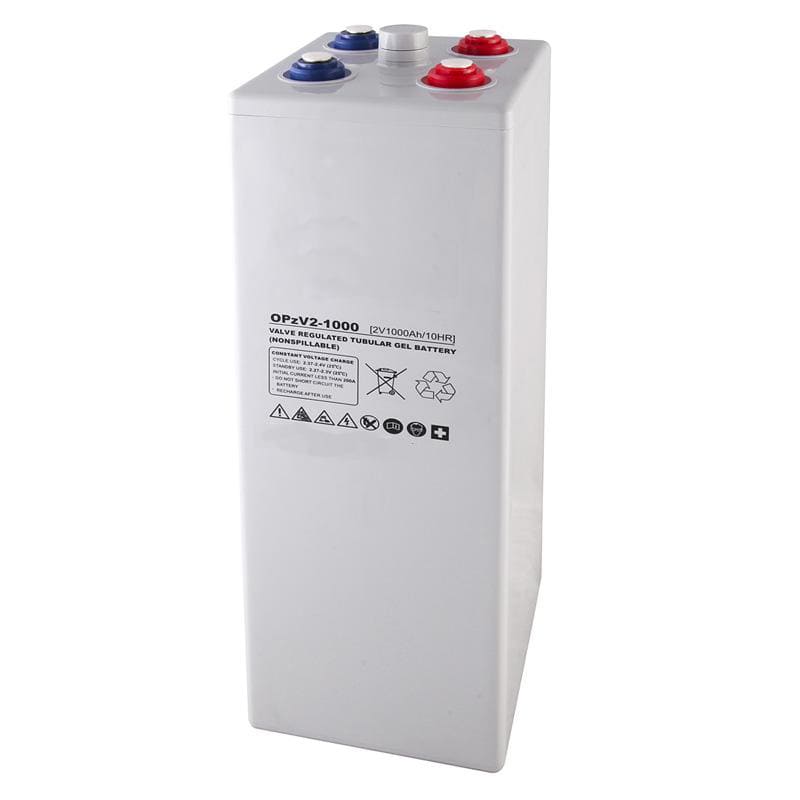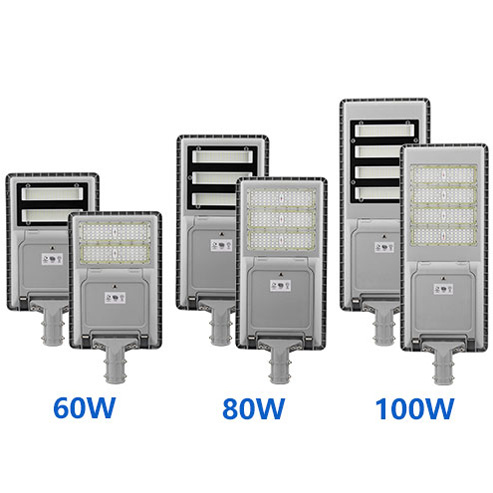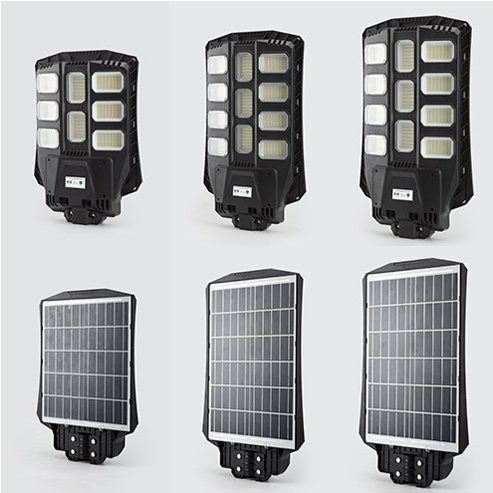p16 outdoor led display of high quality for sale


Outdoor high resolution LED display loading
The Gezer main wavelength error
Color dominant wavelength error indicators from the primary color wavelength error "changed to" color main wavelength error ", is better able to explain that this indicator reflects what characteristics of the LED display. The dominant wavelength of the color equivalent of the color tones of the human eye observed, is a mental amount of a property color to distinguish each other. This industry standard specifies performance requirements, literally, the user is unable to understand that it is an indicator to reflect the color uniformity of Indoor LED screen. Therefore, is to guide the user to first understand the term, and then understand the indicators? To first come to know from a customer perspective and understanding of the LED display, and then gives the user can understand the light
Significant to understand the performance characteristics?
Product standards developed by one of the principle that the "performance principle": "as long as possible, requirements should be expressed in performance characteristics, rather than design and characterization to express, leaving maximum room for this approach to technology development. The base color main wavelength error is one such design requirements, instead of "color uniformity", does not exist to limit the wavelength of the LED. The user, as long as you ensure that the color of the LED display is uniform, without having to consider you to achieve what technology means to allow the greatest possible scope to the technological development, this is of great benefit to the development of the industry.
Maximum brightness
For maximum brightness, this performance did not give a clear feature requests. Because the LED display, the use of the environment vary widely, illumination (that is, most people said the environment brightness) is not the same, so, for the most complex products, as long as the standard set forth in the corresponding test methods provide a performance data from the supply-side (Product Information) list given the specific performance requirements better than the standard. These are in line with international standards, but this also resulted in unrealistic comparisons with each other in a competing tender, the user of this ignorance, resulting in the requirements of the tender "maximum brightness" is often far higher than the actual needs. It is therefore recommended that the maximum brightness performance LED display correctly in order to guide the user to understand the industry, it is necessary to give a guidance: On certain occasions, the use of different illumination environment, the brightness of the LED screen to what value meet the requirements.
Duty cycle
Like the above mentioned "performance principle" as long as possible, requirements should be expressed in performance characteristics, rather than design and characterization to express, leaving maximum room for this approach to technology development. We believe that they care about the "duty cycle" is purely a design technology requirements, and should not be used as a performance index of the Outdoor LED display product standards; we understand, which the user will care about the display drive duty cycle the effect of the display, instead of our technology to achieve; why should we make such technical barriers to limit the industry's technology development?
Refresh rate
Measurement methods seem to ignore the users really care about, it also is not well to take into account the different driver IC, driver circuit and methods used by various manufacturers, resulting in the difficulty of the test. For example, the full color of the Shenzhen Stadium tender, in the expert sample test, the test of this indicator has brought many problems. "Refresh rate" and a screen shows the countdown of the time required to display as a light source, that is, the blinking frequency of the light source. We can use instruments similar to "light a sense of the frequency meter test display light flashing frequency to reflect this indicator. Testing done in this area use the oscilloscope to measure any color of the LED drive current waveform to determine the refresh rate, measured at 200Hz in a white field; three gray-scale and low grayscale measured frequency up to more than a dozen k-Hz, using the PR-650 spectrometer measurements; in the white or in 200,100,50 level gray scale, the metering source flicker frequency was 200 Hz.If you you want to learn more about led display nous,Please visit our web:
Other supplier products
|
|
p5 taxi roof sign for advertising |
taxi advertising signs
taxi sign
taxi top sign
led taxi roof sign
taxi roof display
taxi roof signs for sale
taxi roof sign light
taxi top r... |
|
|
P4 Outdoor Led Display Manufacturer |
P4 Outdoor Led Display Manufacturer,Outdoor LED Display |
|
|
p6.25 outdoor rental led sign for sale |
led display led display board lcd displayer 7 segment led displays led display outdoor display stand rental led display video indoor led screen pan... |
|
|
distributor led P3 |
LIGHTS TECHNOLOGY is not only one of the top level Shenzhen scrolling LED display wholesalers, but also one of the leading China scrolling LED disp... |
|
|
full color display LED p10 smd |
Title:Steel structure and installation steps of LED display
Outdoor LED display installed six goals in mind:
1. Install lightning protectio... |
All supplier products
Same products









